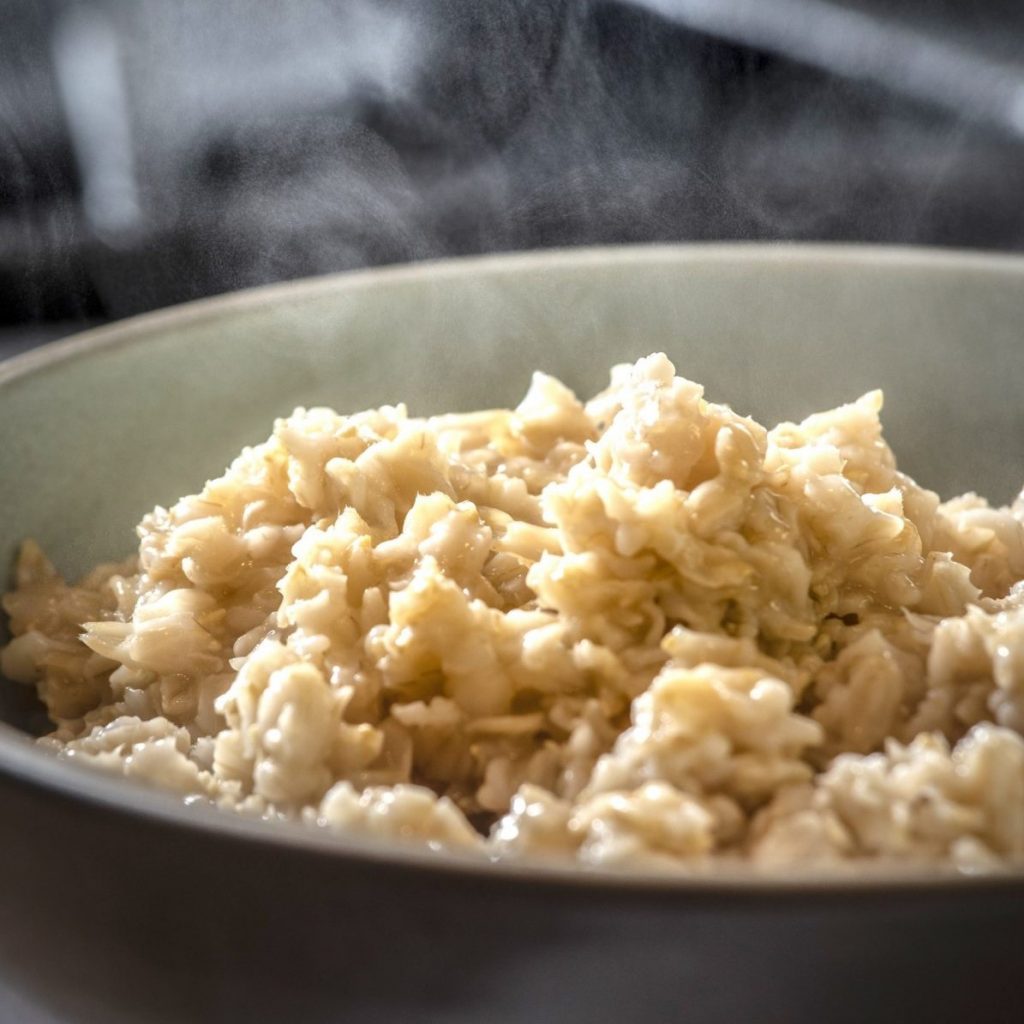Last Updated on March 12, 2021 by Lisa Borden
Fiber: Why we want it + How to get more of it
What is Fiber?
From Katherine D. McManus, MS, RD, LDN, Harvard Health Publishing
You probably know the basics about fiber: it’s the part of plant foods that your body cannot digest, and there are two types — soluble and insoluble fiber. Both types are good for us.
Soluble fiber dissolves in water, forming a gel. It is the form that helps lower cholesterol levels, reduce the risk of heart disease, and regulate blood sugar levels. Soluble fiber is found in black beans, lima beans, Brussels sprouts, avocado, sweet potato, broccoli, turnips, and pears.
Insoluble fiber passes through the digestive system relatively intact, adding bulk to stools. It is the form that prevents constipation and regulates bowel movements, removing waste from the body in a timely manner. Insoluble fibers are found in whole wheat flour, wheat bran, cauliflower, green beans, and potatoes.
Despite these health benefits, most Americans get less than half the suggested amounts of daily fiber. The popularity of very-low-carbohydrate diets like the ketogenic or “keto” diet, the Atkins diet, and the Whole 30 diet, which may unintentionally decrease fiber consumption, hasn’t helped matters.
Am I getting enough?
From Dhru Purohit and Dr. Mary Pardee
Did you know our ancestor’s hunter-gatherer tribes ate about 150 grams per day??
⠀
Today, the average American eats about 15 grams per day. That’s a tenfold difference!!
In this conversation they discuss the positive effects fiber can have on our digestion system, how much we should be eating, Dr. Mary Pardee’s favorite ways to include fiber into her day, and much more.
Health Benefits of Beta Glucans
From Kristin Kirkpatrick, The Swell Score
Beta Glucan as The Ultimate Fiber Superfood
Also known as β‐glucan and BG, beta glucan is a type of dietary fiber that occurs naturally in the cell walls of bacteria, algae, fungi (especially yeasts), and seaweed. However, a large group is also found in whole grains (including your cereals).
According to this study published in the Journal of Nutrition and Metabolism, beta-glucans offer an array of health benefits by improving gut health, heart health, strengthening the immune system, and easing skin diseases.
How to get more Clean Fiber and Beta Glucans
Increasing your consumption of local, organic fruits, vegetables, legumes and grains is a great way to add more dietary fiber to your diet. Blending some fruit with handfuls of greens and some homemade oat milk is an easy, delicious and nourishing way to increase your daily intake.
At ZEGO we are passionate about food transparency so you can make the most informed decisions about what you purchase and consume. Our organic gluten free Double Protein Oats are purity protocol gluten free (the highest GF standard) and have about twice the protein of typical rolled oats (10g per 48g serving v. 5-6g) and 20%-40% more fiber, which means they have a lower glycemic load. Here are some delicious recipes to enjoy with our clean oats.
Eat kind and nourish well!

